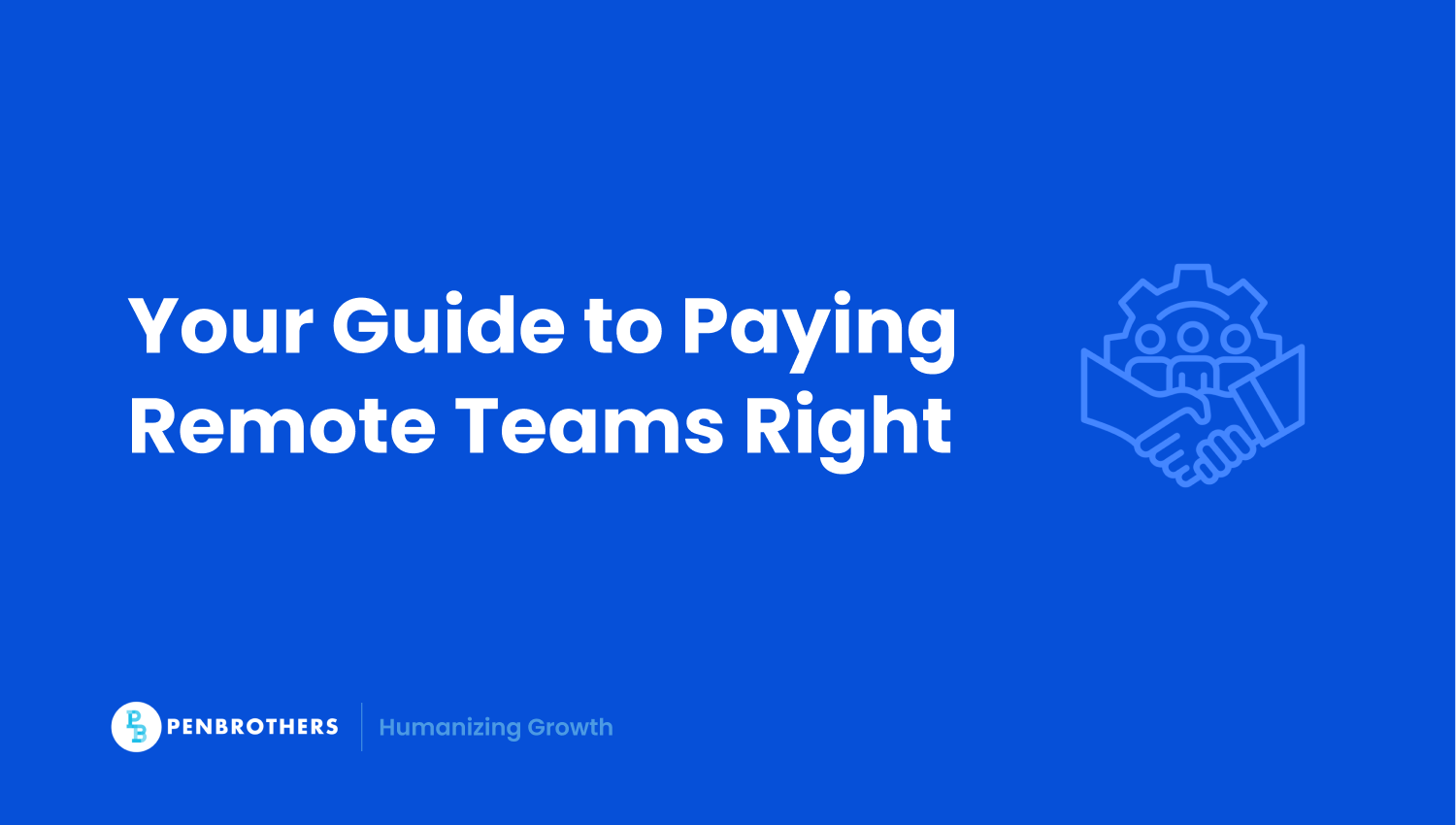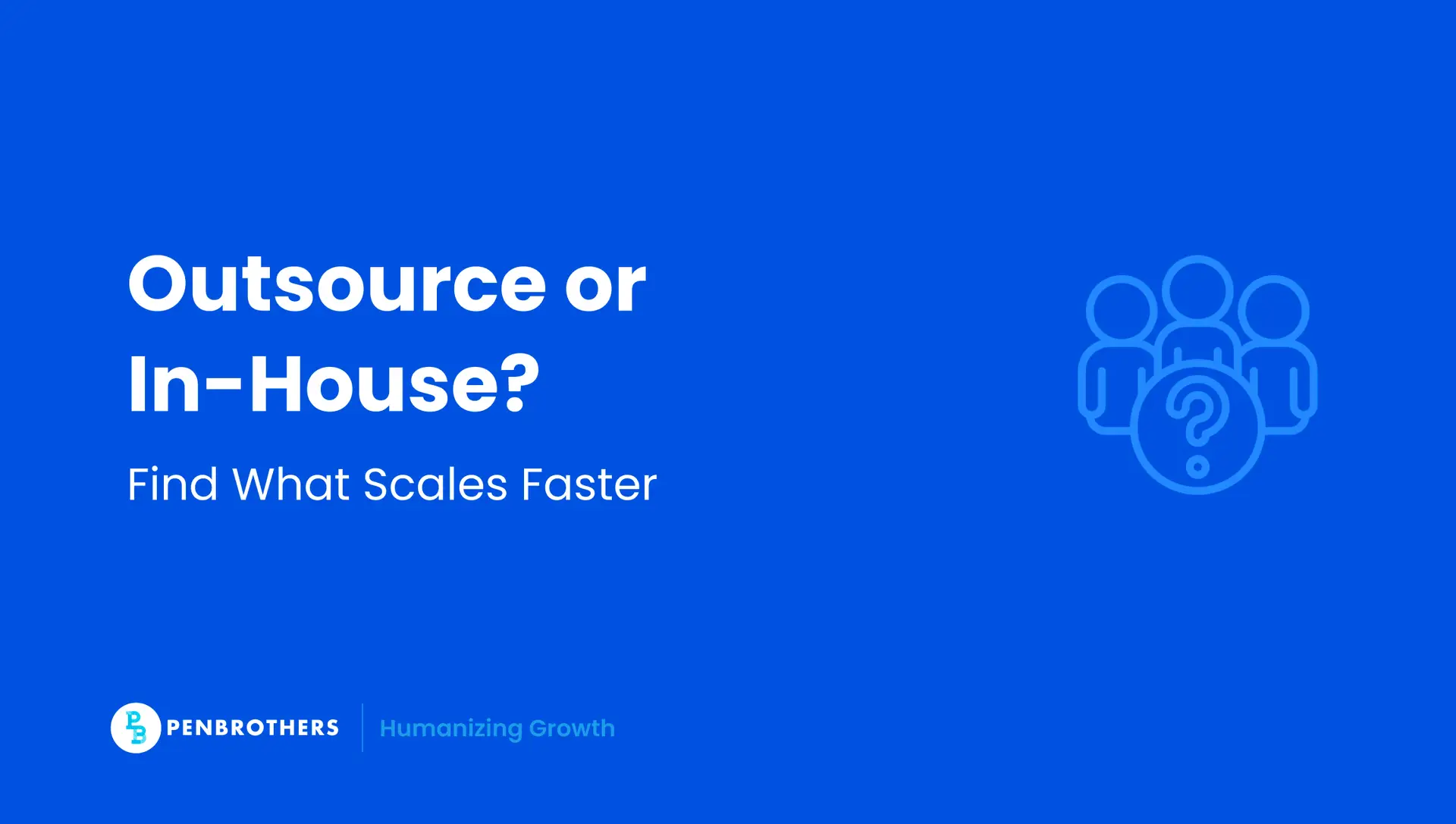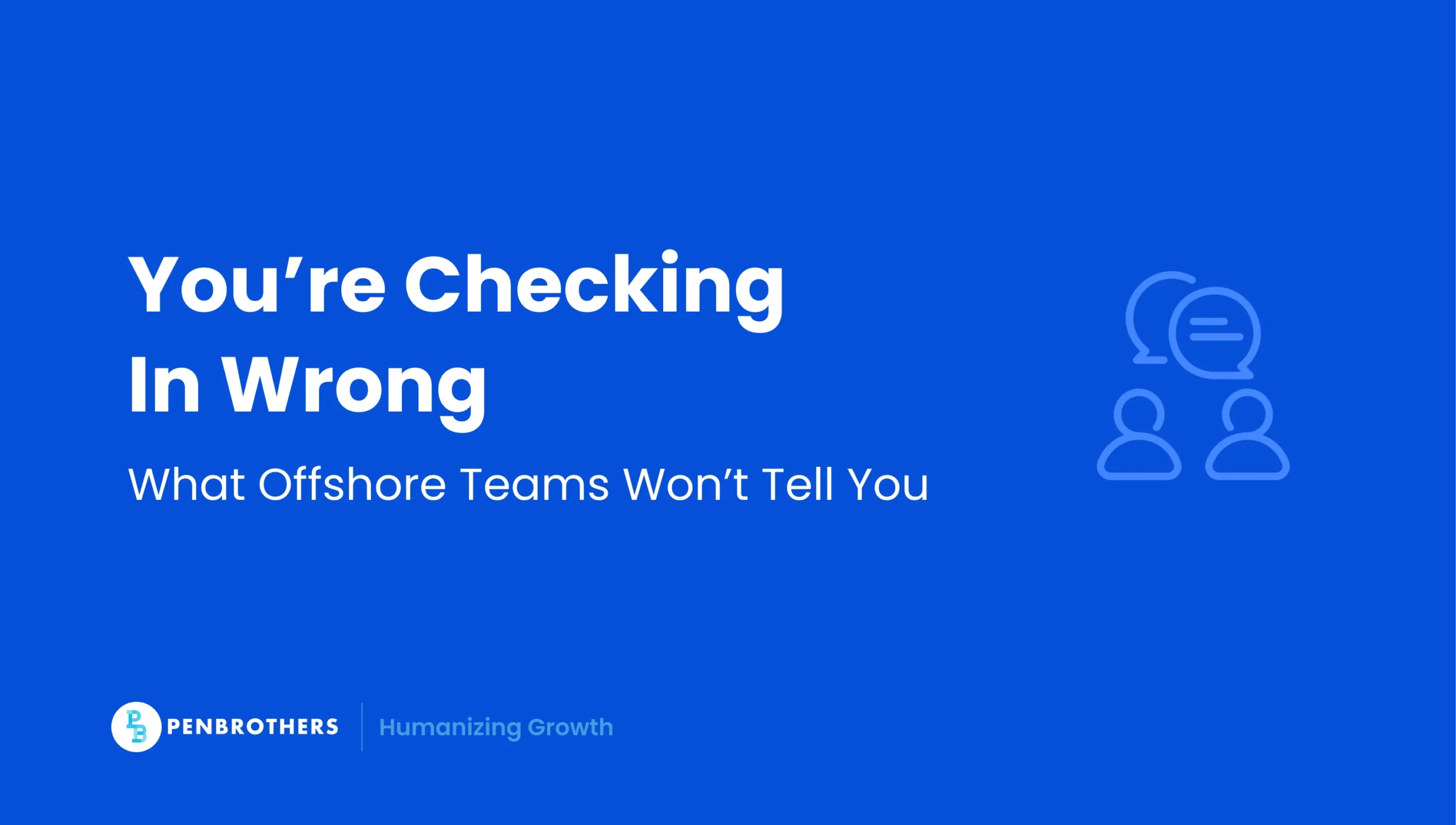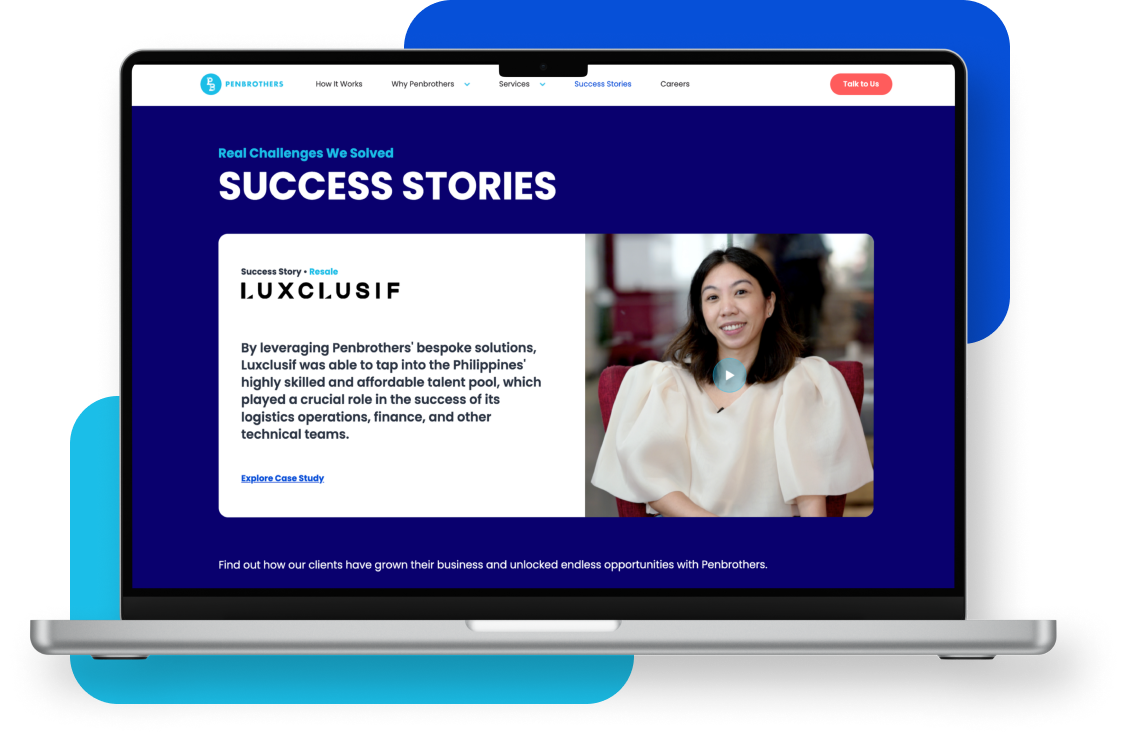What's Inside?
How to Improve Employee Engagement: Proven Ways with Tips
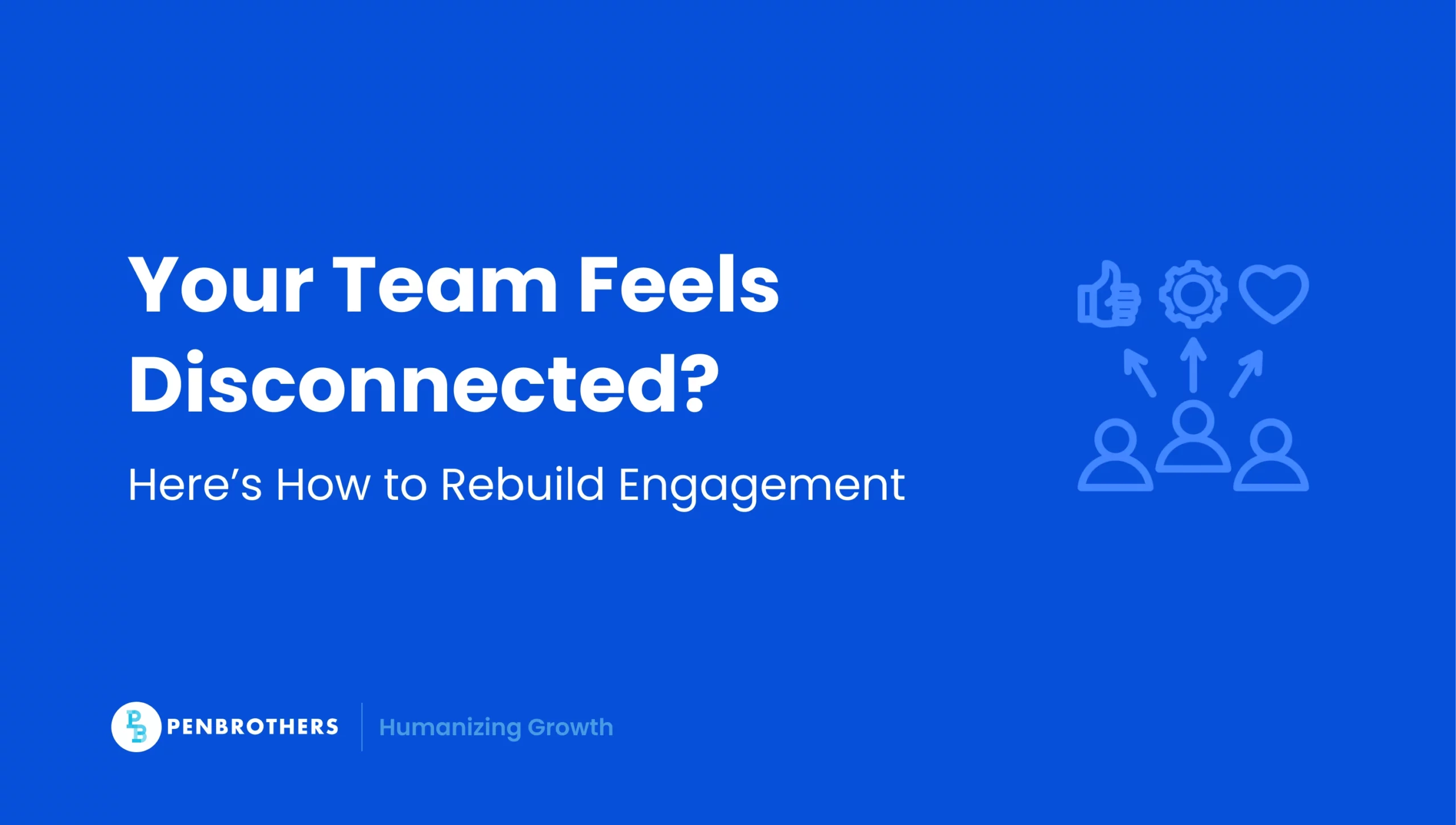
Hybrid work. AI workflows. Burnout fatigue. These days, engagement isn’t about smiles and surveys. It’s about whether your team feels trusted, included, and aligned with your mission.
Engaged employees deliver better work, stay longer, and bring others along. But most teams don’t need another HR initiative. They need managers who act on what matters. This guide gives you the tools.
Employee Engagement, Defined
Employee engagement is the ownership, motivation, and care your team puts into their work. It’s not about being happy. It’s about being committed.
Engaged employees:
* Understand the “why” behind their tasks
* Take initiative without being told
* Feel like they matter and their input counts
Disengaged employees may still show up, but they’ve checked out.
Why Most Engagement Efforts Don’t Work
Here’s what derails engagement:
- Treating perks as purpose
- One-size-fits-all surveys with no follow-up
- Assuming people will speak up if something’s wrong
- Ignoring structural issues like uneven workloads or access to leadership
Even well-meaning efforts fail when the fundamentals aren’t in place. Real engagement starts with managers, not HR, and is built through trust, action, and consistency.
Watch out for:
Survey fatigue: If you keep asking without changing, people stop answering.
Engagement gaps: If high performers carry the emotional and project load, it’s not sustainable or fair.
Related: How to Manage Remote Teams
The Engagement Equation: Purpose + Autonomy + Belonging
Want to keep your team switched on? Focus on these three levers:
Purpose: “What I do here matters.”
Autonomy: “I’m trusted to make decisions.”
Belonging: “I’m safe, supported, and included.”
These aren’t fluff. They’re drivers of performance, retention, and innovation.
Note: Belonging is more than a team lunch. Who gets visibility, mentorship, and decision-making power? If access isn’t fair, your team knows.
7 Manager Moves That Actually Improve Engagement
1. Make Purpose a Habit, Not a Poster
- Connect tasks to mission in 1:1s and team meetings
- Recognize work that drives impact, not just output
- Ask: “What part of this project excites you?”
2. Give Autonomy With Guardrails
- Set clear goals, then get out of the way
- Let people decide how work gets done, especially in hybrid setups
- Create default-async workflows to cut meeting bloat
3. Engineer Belonging in Daily Work
- Start meetings with real check-ins—not icebreakers
- Rotate roles like note-taking, leading, and reporting out
- Share materials ahead of time and encourage async input
4. Make Feedback Loops Visible
- Don’t just collect input—act on it, visibly
- Try: “Here’s what we heard. Here’s what we’re trying.”
- Create micro-wins to rebuild trust where it’s low
5. Design for Neurodiversity
- Offer multiple ways to contribute (talk, write, async)
- Avoid assuming everyone processes info the same way
- Be explicit about norms and expectations (clarity builds safety)
6. Build and Revisit Team Agreements
- Co-create norms for meetings, availability, and tools
- Review and revise quarterly
- Use these to prevent burnout, not just fix it
7. Invest in Manager Enablement
- Train managers in feedback, empathy, and inclusion
- Track not just results, but team health
- Recognize managers who create psychological safety and not just performance
Tools That Help (If Used Right)
The best engagement tools don’t replace human connection. They reinforce it.
- Pulse surveys: Officevibe, Culture Amp, Lattice
- Recognition platforms: Bonusly, HeyTaco
- 1:1 tools: Fellow, Hypercontext
- AI analytics: Identify burnout and attrition risks early
Choose tools that spark action, not just data.
Related: Performance Evaluation Templates You Can Use
Case Study Snapshots: What the Best Teams Do Differently
Shopify: Leaders model psychological safety by sharing their own mistakes first.
Atlassian: Teams run weekly “Friday Feeling” polls to adjust in real time.
Patagonia: Outcome-based work schedules. Employees choose when and how they work.
Penbrothers: Hypercare Framework ensures that the clients and the talents have a custom-fit approach in terms of managing their team.
These aren’t perks. These habits are backed by trust.
Metrics That Actually Matter
Skip the 50-question survey. Track what drives real change:
- Frequency and quality of 1:1s
- Voluntary turnover and internal mobility
- Weekly pulses with rotating questions
Emerging Metrics:
Reciprocity load: Who’s always mentoring or fixing problems?
Participation equity: Who’s silent, and why?
Follow-through rate: Are you acting on the feedback you collect?
Related: Performance Improvement Plans
Final Thought: Make Engagement the Way You Work
Real engagement isn’t a quarterly KPI. It’s the byproduct of good management. Start small:
* Ask a better question in your next 1:1
* Try one async ritual that saves time and builds trust
* Audit one team norm that could be more inclusive
Consistency beats complexity. Lead clearly. Listen often. Follow through.
*This article was crafted with the support of AI technology and refined by a human editor.


